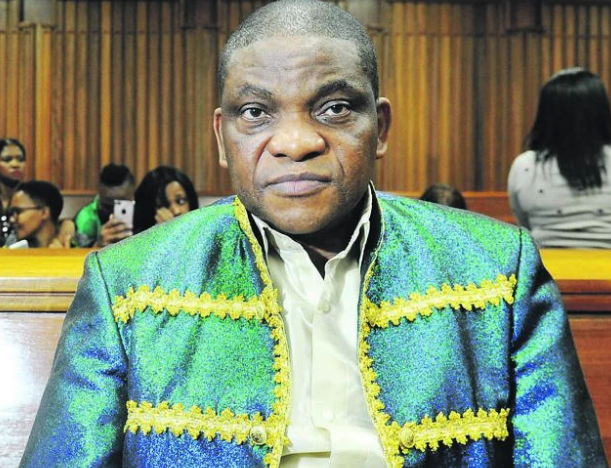Judge Irma Schoeman, who is presiding over Nigerian televangelist Timothy Omotoso’s rape case, is expected to hand down judgment on October 31.
This after both the defence and state finished submitting arguments on Wednesday.
Omotoso and his co-accused, Lusanda Sulani and Zukiswa Sitho, are in the dock on 62 charges including racketeering, human trafficking, rape, and sexual assault.
Opposing statements made by state advocate Joel Cesar indicate that the state would not bring evidence forward that would result in an unfair trial.
“We maintain that the case has been handled with fairness. We still maintain that there is a strong case by the state against the accused,” said Cesar.
“The confessions of the witnesses are valid enough to be put forward.”
He said the submissions presented in court by defence lawyer Peter Duabermann that former state prosecutor, advocate Nceba Ntelwa, created a WhatsApp group for witnesses do not warrant mistrial.
“If advocate Ntelwa opened the group for witnesses, he did a horrible job because all the witnesses didn’t know what the other witnesses said, and they did not give same testimonies,” said Cesar.
“The submissions that were made by advocate Daubermann yesterday don’t warrant for a mistrial.
“There was nothing new that was brought forward, the only new thing is the prosecutorial team, that the defence has not complained about or found unfair.”
Cesar further said Omotoso, who is the founder of the Jesus Dominion International Church, used his position to recruit his co-accused.
“The combination of Omotoso and other traffickers in turn recruited the complainants to come to him so that he could please himself sexually.
“It is clear that these traffickers played a significant role in recruiting pretty young girls to the mission house.
“The evidence in this regard is that Omotoso is a man of power, almost like a “god-like figure” in the church, and that he was feared and worshipped by church members.
Cesar highlighted the evidence presented before court by Dr Muller and Karen Holley.
“The evidence of these experts sketched a picture of how the young complainants, usually from broken homes, were lured to the church.”


